How to grow your own pears (spoiler alert: it's not easy)
Mark Diacono shares his advice on one of the trickier fruit trees to get right: the pear tree.


If pears were a person, you’d have nothing to do with them.
Nurture a pear tree to a decent harvest and you enjoy none of the instant pleasure of apples, as most varieties are picked firm to develop in storage — after which the fruit will ripen from not-quite-there to squish when you pop to the shops for 10 minutes. Here in rainy south-west England, pear trees grow well enough, but, no matter how well I care for them, they look at me as the dog does after a fun walk on the beach with his favourite ball punctuated by a handful of treats: as if I’ve subjected him to a long and systematic programme of mistreatment.
After all that, why grow them, you may ask. Because, when you get a pear at its perfect peak, when it surrenders with merely the pretence of resistance, when its juice runs sweet and luscious, you forget its nuisances.
Pears like things just so; a sheltered, sunny location with a fertile, well-drained soil, ideally of neutral or slightly acidic pH is best. When planting, be particularly careful to clear a circumference of a yard around the trunk to minimise competition: mulch this with compost or well-rotted manure every late winter or early spring to help retain moisture and feed the tree. As much as it can be rainy here in Devon, I’ve noticed that watering pears through extended dry spells in summer makes more difference to fruit retention and tree health than with most other fruit trees.
Most pears need another variety for pollination; some varieties are self-fertile to varying degrees, but even they are more productive with a suitable neighbour. As with apples, each variety is assigned a number or letter to indicate the timing of its flowering — varieties should be of the same or adjacent group for successful pollination.
‘Conference’ and ‘Doyenne du Comice’ are common, reliable and tasty varieties that ripen in October–November. That said, there are a great many superb pear varieties beyond commercial production that I would urge you to consider. If you choose well, you can not only partner varieties to pollinate each other, but also to give a successional harvest.
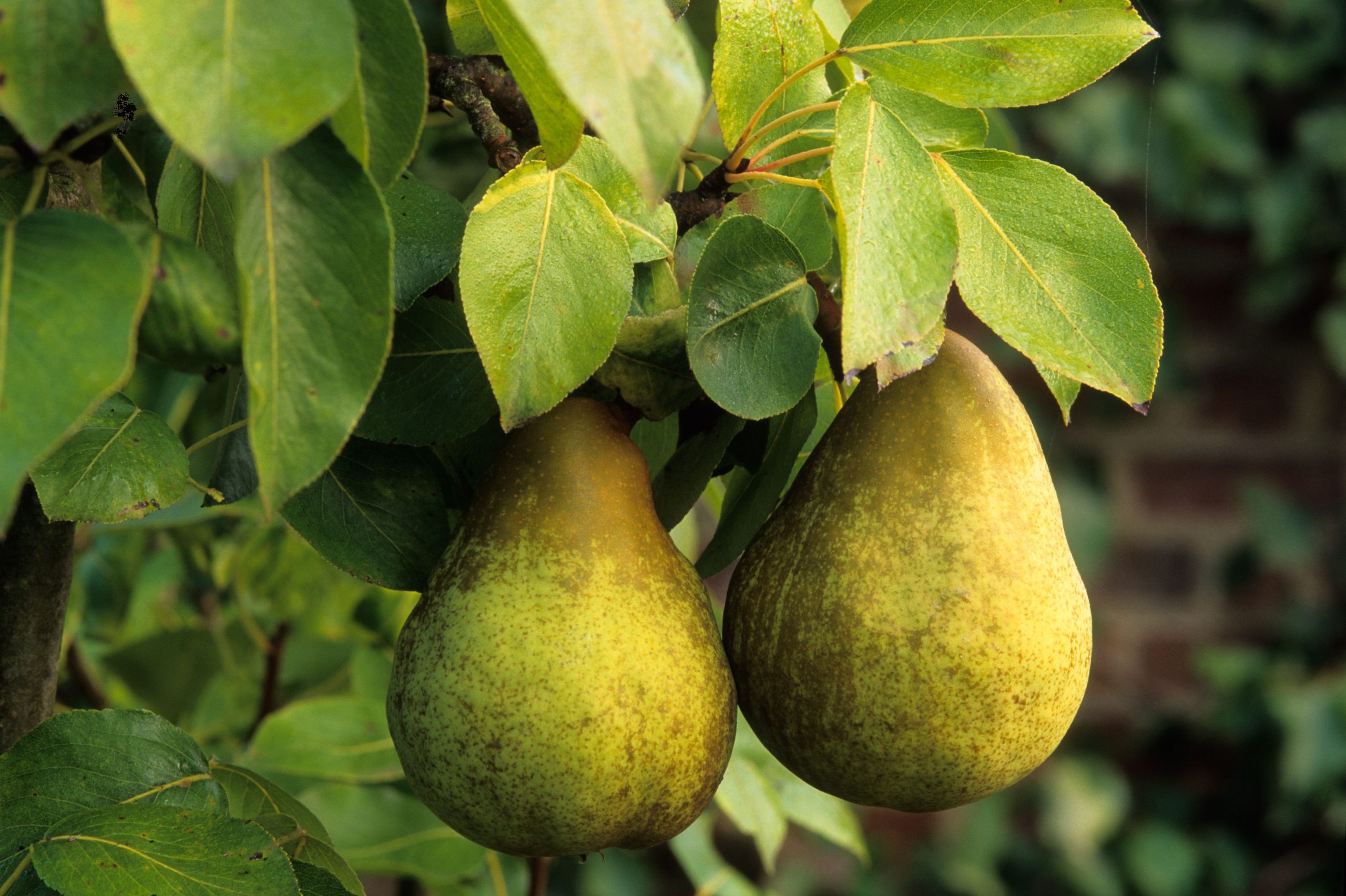
Four of my favourites work perfectly in this regard: ‘Beurre Giffard’ produces succulent, richly flavoured pears that are ready to eat in August; the lightly russeted, musky ‘Fondante d’Automne’ to follow in September/October; the sweet-scented ‘Louise Bonne’ of Jersey is ready from late October into November; and ‘Glou Morceau’ softens sweetly in time for New Year. If space is limited or you simply fancy the idea, pears take well to training either as espaliers, cordons or stepovers; back in the day at River Cottage, a wall of the kitchen garden was planted with perhaps 20 cordon pears, planted at an angle a yard or so apart, with varieties ripening from left to right.
Exquisite houses, the beauty of Nature, and how to get the most from your life, straight to your inbox.
Pear trees are pruned as you would apples, with the majority undertaken when dormant in winter. There are many online guides for this, but check whether your pears are spur-bearers — produce fruit at the ends of shoots — as these are pruned a little differently.
The three-stage process of ‘pick, store, ripen’ is a crucial one to get to grips with. Although it delays pleasure, it does mean few fruit are damaged by pests or in the process of harvesting, and this delayed reward means you have juicy, delicious fruit in the darker months, when their pleasure feels even more welcome.
One of the trickiest things to get right — at least at first — is when to harvest pears. Your supplier (or a quick internet search) will give you an approximate time when it will be ready, but much is down to observation. The first windfalls can be a good indication, but the more accurate sign is that fruit should be firm, swollen and with a subtle flushing of the skin colouring. In some varieties, this can be quite prominent, in others much less so.
Avoid squeezing, even that near-the-stalk squeeze you try to get away with in the supermarket. Pears should be cupped in the hand, lifted upwards and gently twisted; if it is ready, it will leave the tree with the stalk intact. If you are still unsure, bite into one; it may be hard as hell, but there should be an underlying sweetness.
Once harvested, resist the urge to bring them into the house. They need a cool, dry, dark place to develop; a garage is ideal. Lay them out in a single layer, not touching; I sit them on newspaper. Check them once in a while, removing any showing signs of rot. Once they have matured — check online or with your supplier for the time they need — bring them into the house, where they should ripen over the course of a few days. Ideally, have your shopping delivered during this time.
Mark Diacono grows edibles, both usual and unusual, at Otter Farm in Devon (www.otterfarm.co.uk). His From Scratch: Ferment is out now (Quadrille, £12.99)
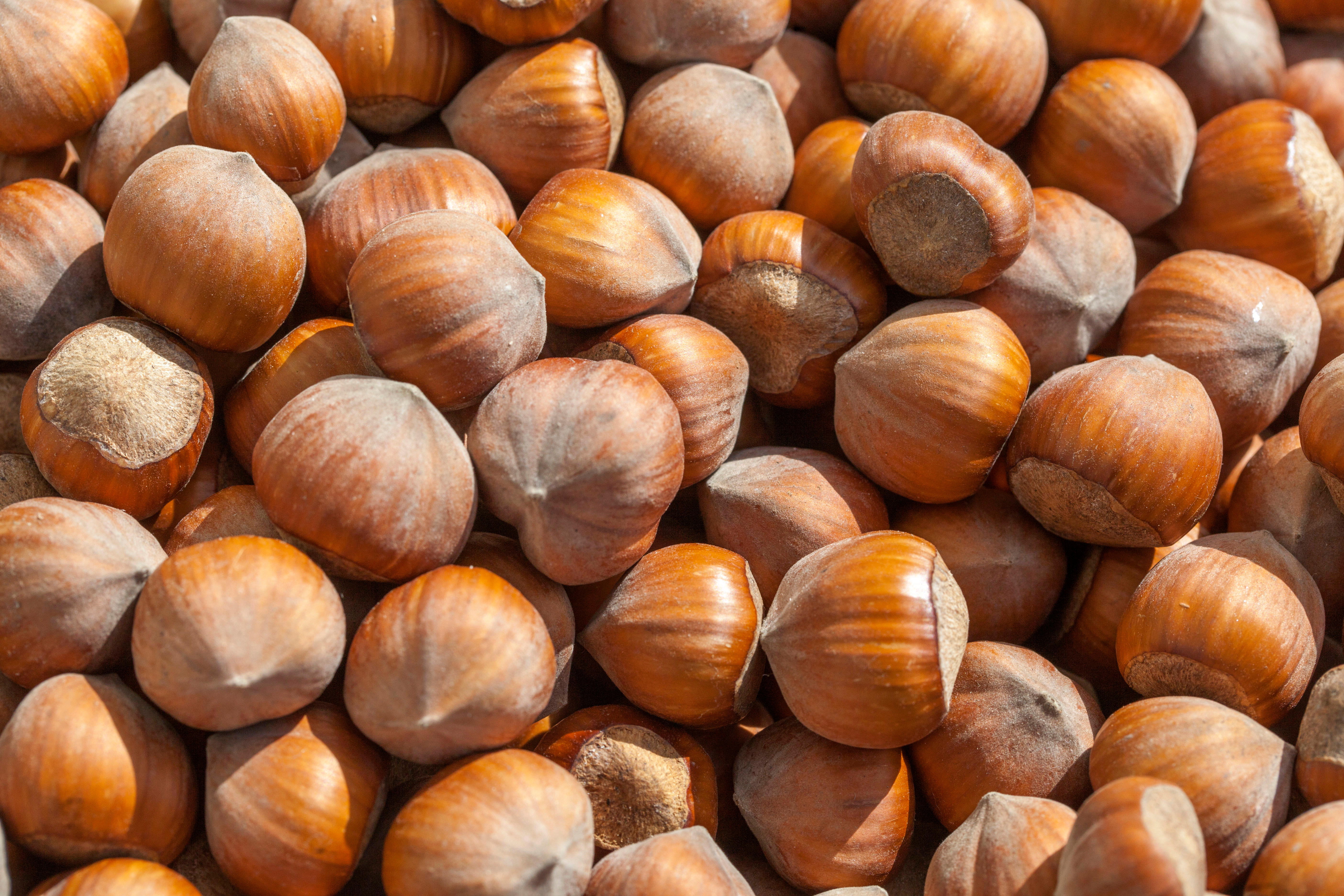
Mark Diacono: How to grow your own hazelnuts (and why you'll find it rather easy)
Our resident grow-your-own expert Mark Diacono gives his tips on the surprisingly easy hazelnut.
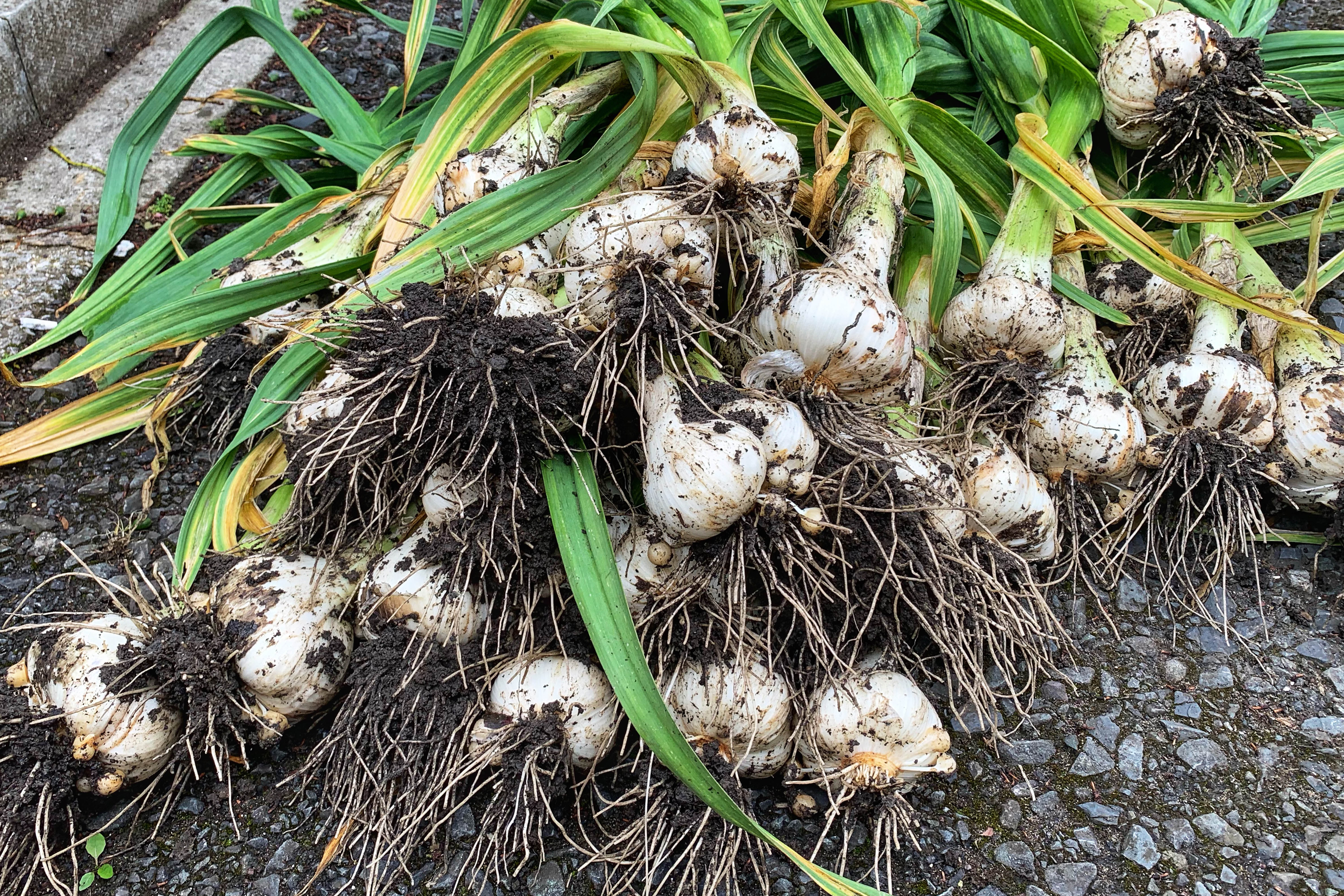
Credit: Getty Images
How to grow garlic: Delicious, lucky and superbly easy to cultivate
Mark Diacono teaches us how to grow garlic.
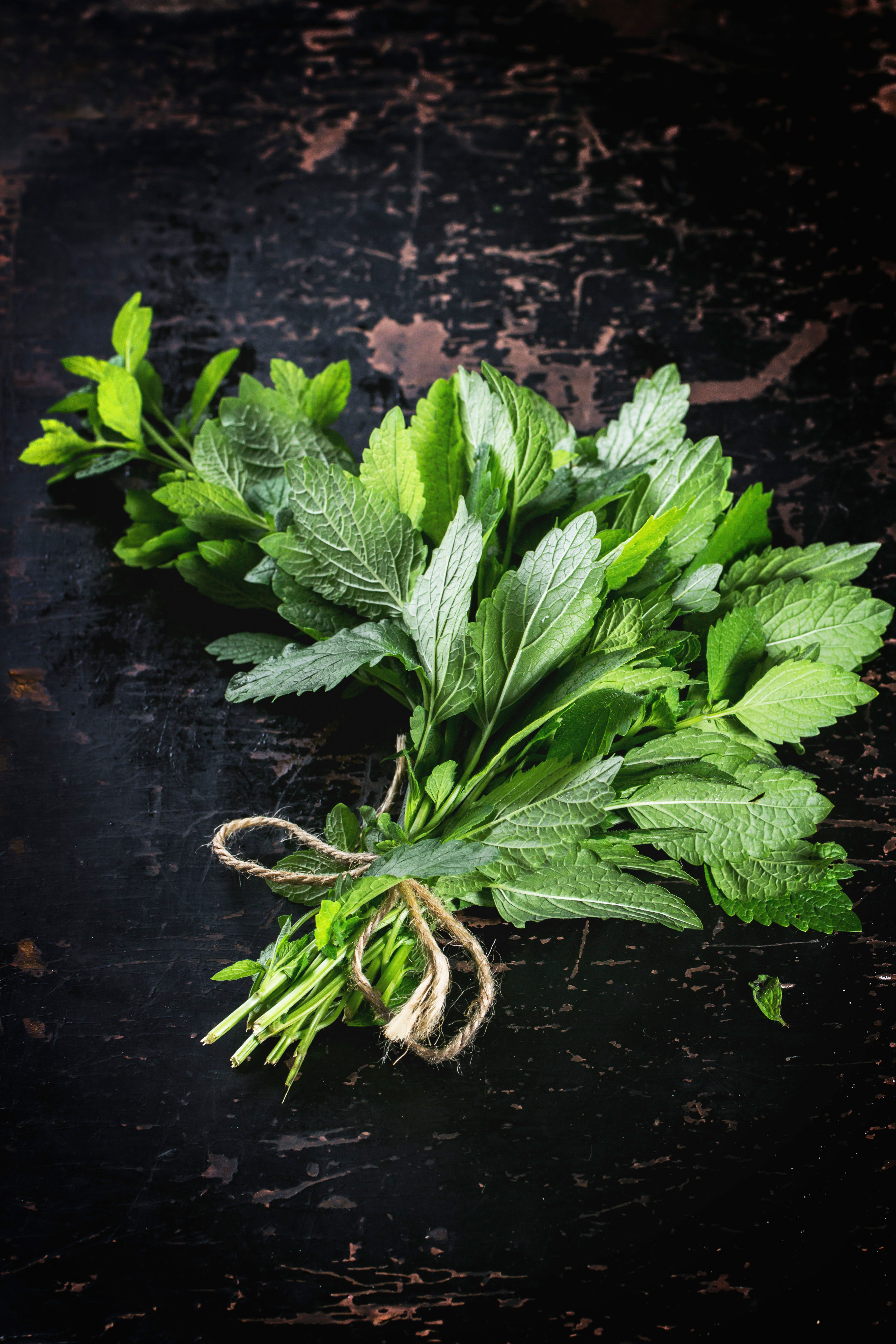
Credit: Alamy
Cultivating mint: What varietals to plant, where to plant them and whether they should be used for jelly or juleps
Mark Diacono explains why mint is for even the incurably incompetent horticultural enthusiast.

Credit: Getty Images/iStockphoto
Grow your own courgettes: What to plant, when to plant it... and why size really does matter
Mark Diacono shares his tips on the surprisingly simple yet hugely rewarding art of growing courgettes.

How (and why) to grow walnuts in your garden
From making a delicious aperitif to enjoying the citrusy scent of their leaves, there are plenty of reasons to plant
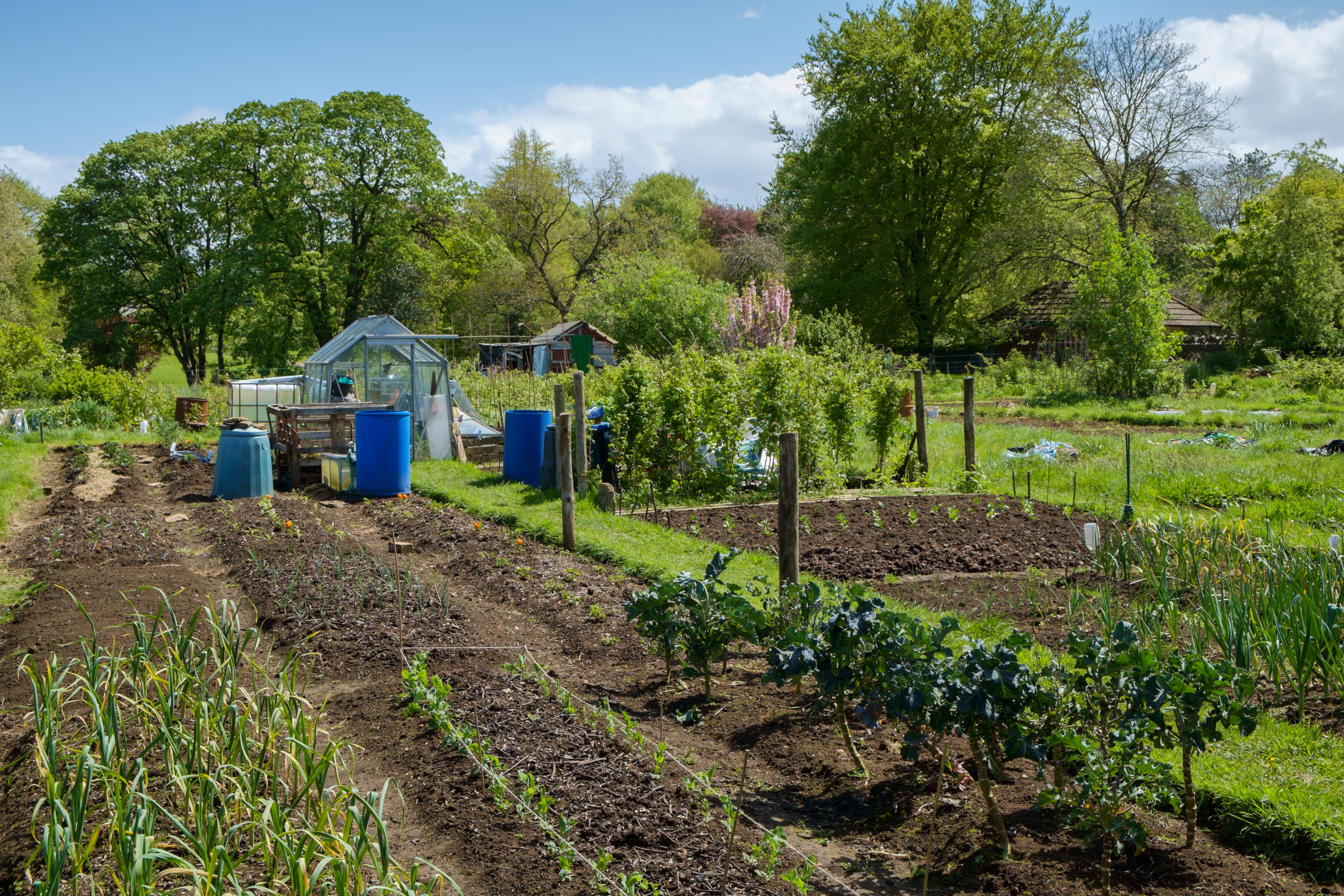
Why you shouldn't grow onions on your allotment — but if you do, go for these really exceptional ones
Mark Diacono takes a look at allotment logic, and shares his formula for what you should and shouldn't spend your

Credit: Alamy
The 'underground treasures' which are like a gardener's game of chicken — hold your nerve, and the pay-off is spectacular
Growing plants specifically to harvest their roots takes faith, patience and nerve, explains Mark Diacono, but it's well worth the
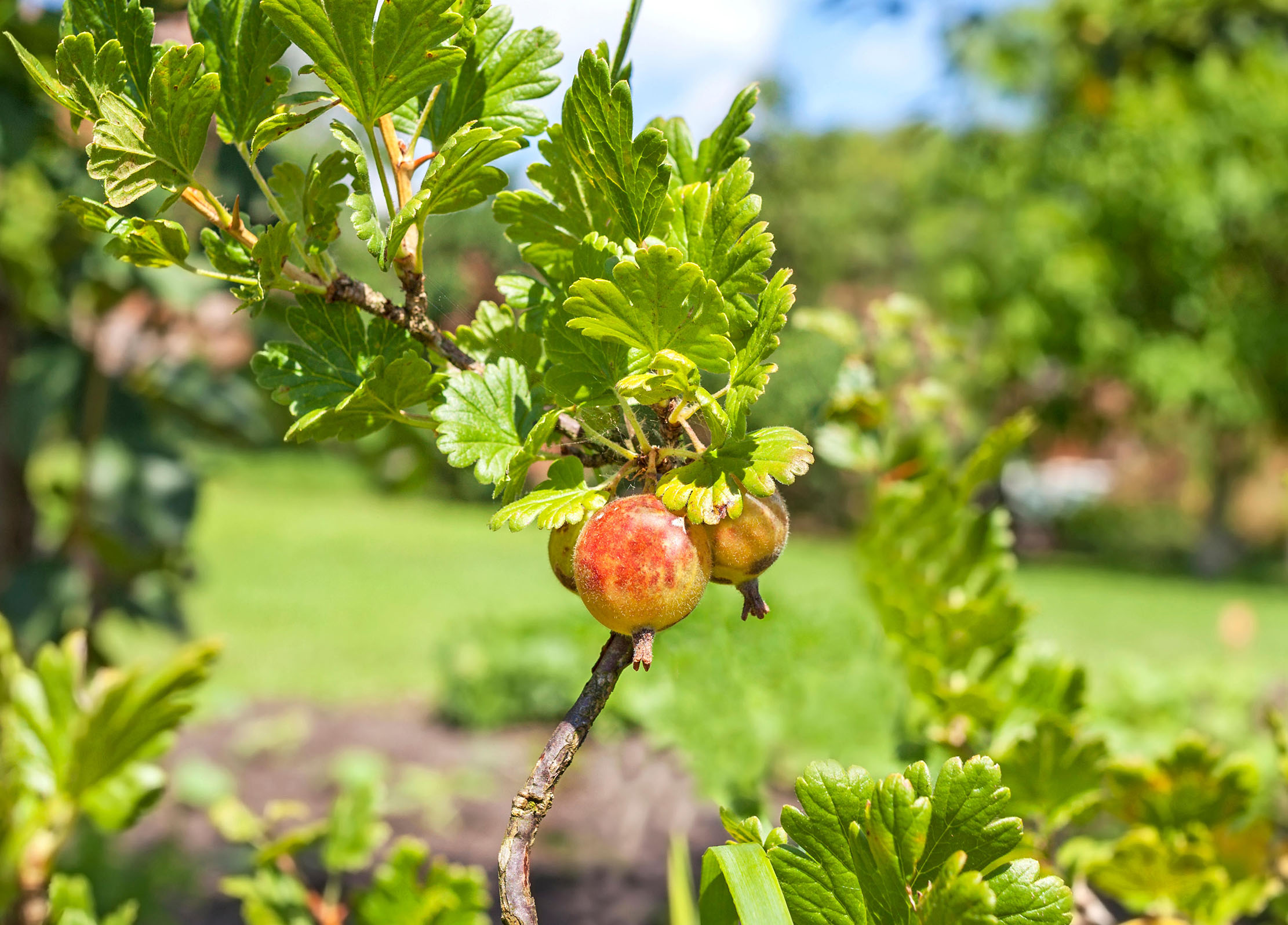
How to grow gooseberries: What to plant, how to look after them, and best ways to enjoy the harvest
Mark Diacono explains everything you need to know about gooseberries, the fruit 'that's really two fruits in one'.
Mark is lucky enough to spend most of his time eating, growing, writing and talking about food. He has written fourteen award-winning books, including A Year at Otter Farm and A Taste of the Unexpected (both won Food Book of the Year, and Garden Book of the Year). Known for growing everything from Szechuan pepper to pecans to Asian pears, Mark's refreshing approach to growing and eating has done much to inspire a new generation to grow some of what they eat. He was involved in the early days of River Cottage, appearing in the TV series, and writing four River Cottage books. Mark writes to a global audience on his best-selling Substack: Mark Diacono’s Abundance.
